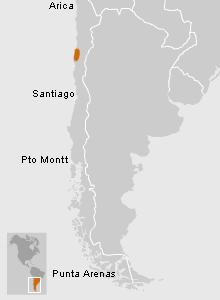Los Copiapó se establecieron en lo que es hoy la Región de Atacama, ocupando principalmente el curso superior del valle del río Copiapó y sus numerosos afluentes, realizando algunas incursiones hacia el desierto de Atacama y la zona costera, con el valle del río Huasco como límite meridional. Este territorio presenta un clima desértico marginal, con escasas precipitaciones anuales, aunque sus valles son relativamente fértiles.
Cómo Llegar
El Museo se encuentra ubicado en pleno centro de Santiago, en la esquina de las calles Bandera y Compañía, a una cuadra de la Plaza de Armas.
Entradas
Chilenos y residentes: $1.000
Extranjeros: $8.000
Estudiantes chilenos y residentes: $500
Estudiantes extranjeros: $4.000
Visitas Mediadas
El Museo cuenta con un servicio de guías, sin costo adicional, para los establecimientos educacionales.
Guía para el Profesor
Invitamos especialmente a coordinarse con alguno de nuestros guías para programar una visita o actividades de motivación y seguimiento que aprovechen de la mejor forma la experiencia de visitarnos.
Audioguías
Descargue desde esta página audioguías en castellano, inglés, francés y portugués con los textos de las vitrinas de la Exposición Permanente. Las audioguías se encuentran en formato mp3, ordenadas por áreas culturales, de acuerdo al recorrido de las salas de exhibición. Téléchargez depuis ce site des audio-guides en français, portugais, espagnol et anglais avec les […]






































